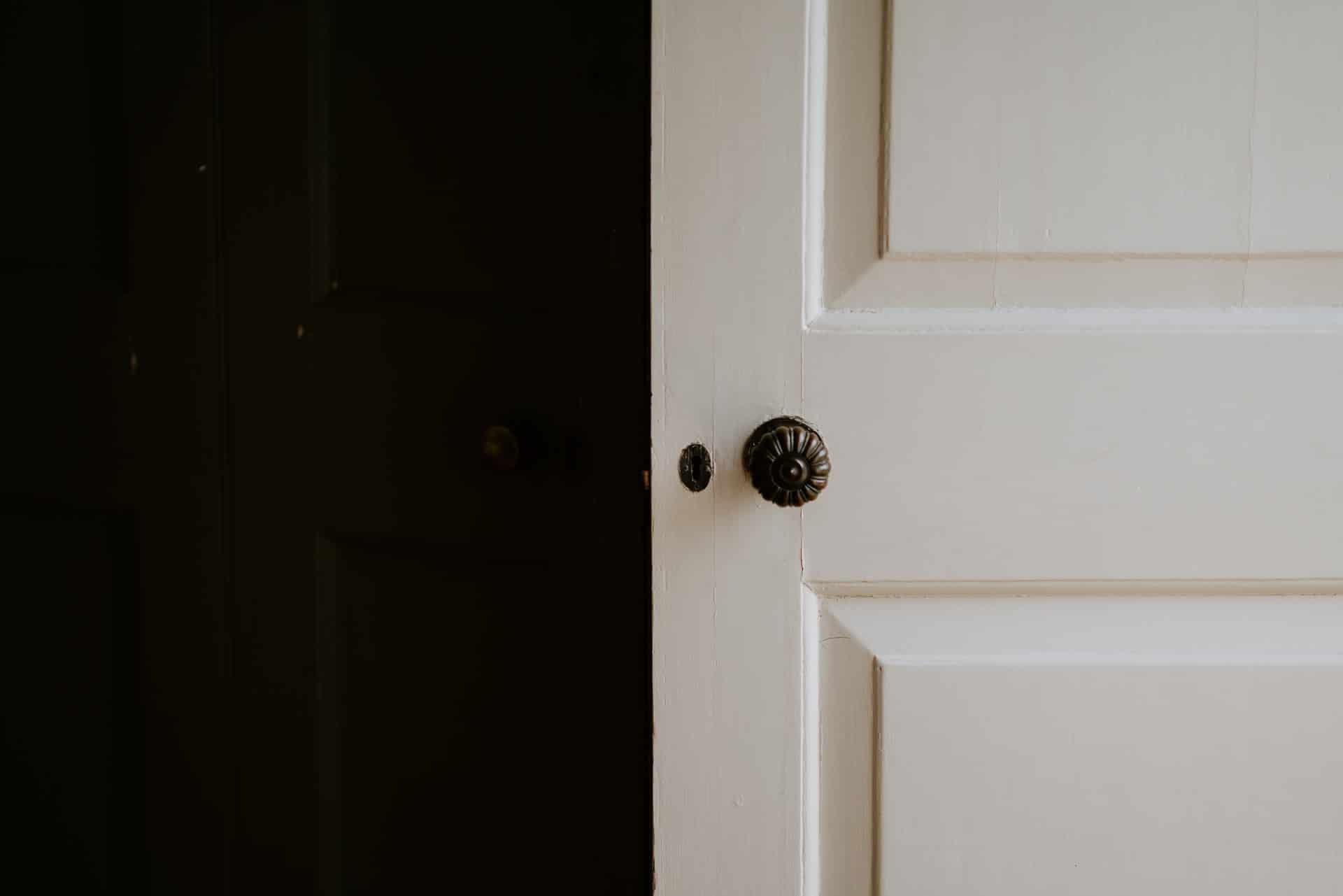 Rod Sampson is a GP Partner and Educational Supervisor at Cairn Medical Practice, Inverness. He is on Twitter: @SampsonRod @cairnmedical
Rod Sampson is a GP Partner and Educational Supervisor at Cairn Medical Practice, Inverness. He is on Twitter: @SampsonRod @cairnmedical
In the 2001 movie Monsters Inc., monsters Mike and Sulley discover that encouraging kids to laugh created far more electric power to their city than the energy generated by the conventional approach of frightening those same children. Our family experienced a parallel ‘light bulb’ moment last year with our son becoming unwell.
For almost 10 months we sat on the other side of the doctor–patient interface and gained insight into what it feels like to be on the receiving end of medical care. We experienced some truly outstanding episodes of care, and some exchanges with healthcare professionals that impacted less positively. The common thread not necessarily linked to perceived good clinical competency (although of course that is important), but rather to the level of kindness exhibited. We simply hadn’t realised its power.
What is kindness?
Berry et al usefully describe six types of kindness: deep listening, clear empathy, generous acts that go the extra mile, timely care that reduces stress and anxiety, gentle honesty in all discussions and conversations, and thoughtful support for families and carers (whose wellbeing is so important in caring for the patient).1
The need for kindness
Simply ‘trying hard’ to be kind is easy when things are going well, but the mask falls off at times of stress.
Increasing evidence suggests ‘kindness’ benefits those who receive it and those who exhibit it, with recognised gain in wellbeing for clinicians and patients, and in the facilitation of useful conversations between them.2 Patients remember kind acts, and will recall years later a small act of kindness whose significance was hitherto unrecognised by the doctor.2 Iona Heath highlights the need for kindness not only at an individual level but also at an organisational one ‘which would play out in the encouragement, support and celebration of
achievements’, transforming organisational culture.3
So what?
The capacity for kindness in some clinicians led me to reflect on how we may encourage its development in ourselves and others. Kindness isn’t an area of focus in the Royal College of General Practitioners GP curriculum, yet would seem to be central to all that is important in being a good doctor.4
Can we develop kindness?
Simply ‘trying hard’ to be kind is easy when things are going well, but the mask falls off at times of stress. Is it possible to develop characteristics like kindness that become more deeply embedded, such that in the heat of the unexpected moment, kindness is displayed, and the patients we are caring for are conscious of a better journey?
Ortberg shares the theory of ‘training versus trying’.5 It works like this: imagine being a ‘couch potato’ and being asked to run a marathon that same day. You could try hard and likely fail to achieve, but if the marathon was a year away, you could prepare and train (by looking at lifestyle, building fitness, and getting adequate rest, for example), such that the marathon becomes far more achievable. Notice that training involves a wider range of activity than gradually running more — it also involves engagement with activity (such as managing your diet) not directly linked to running in and of itself.
Use and develop the kindness muscle, or lose it.
In order to train to become more kind we wouldn’t perform random acts of kindness (just like we wouldn’t train for a marathon in a random way), but rather we would be intentional. We may regularly let the person in the Supermarket queue go ahead of us as we do the weekly shop. Once a month we may sit down to write a handwritten letter to a friend, simply to encourage. When a patient we have looked after dies, we may make a note to self for 6 weeks forward, simply to call a significant relative and ask ‘how is it going? It must be so hard?’ Over time we are training to be more kind, and in acutely challenging scenarios find we more readily demonstrate this characteristic. Use and develop the kindness muscle, or lose it.
Looking ahead
Competency is vital, but character even more so. If we are to develop the characteristic of kindness in ourselves and those GPSTs we supervise, we may need to encourage ourselves and them to try less, and train more. In future, as part of GP appraisal, or as part of Workplace Based Assessment, we might usefully begin to explore ‘How kind was the doctor?’6
References
1. Berry LL, Danaher TS, Chapman RA, Awdish RLA. Role of kindness in cancer care. J Oncol Pract 2017; 13(11): 744–750.
2. Forrest C. Nursing with kindness and compassion. IndependentNurse 2011; 17 Oct: https://www.independentnurse.co.uk/professional-article/nursing-with-kindness-and-compassion/74192 (accessed 22 Jun 2022).
3. Heath I. Kindness in healthcare: what goes around. BMJ 2012; 344: e1171.
4. Palmer E. The kindness of strangers. BMJ 2008; 337: a1993.
5. Ortberg J. The life you’ve always wanted: spiritual disciplines for ordinary people. Grand Rapids, MI: Zondervan, 2002.
6. Launer J. On kindness. Postgrad Med J 2008; 84(998): 671–672.
Featured photo by Annie Spratt on Unsplash.







Dear Rod,
I really enjoyed reading this and agree very much with what you say, especially about describing kindness more fully and incorporating it into WPBA and appraisals. As part of my role in HEE, I help to facilitate workshops on the human dimension of the consultation and of supervision. Please do get in touch if you want to discuss further.
Kind Regards
Roo Shah